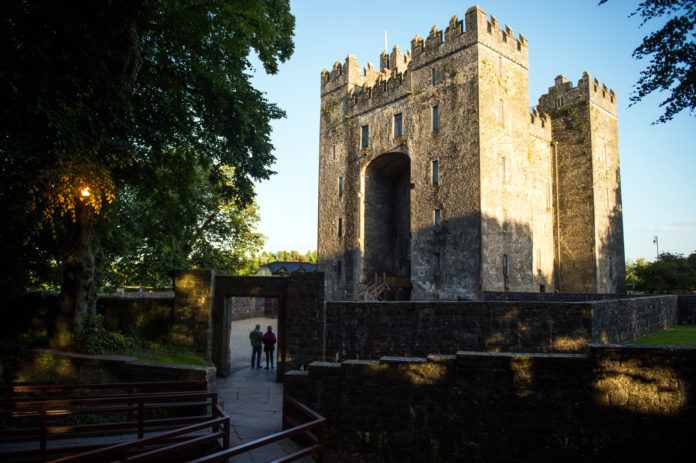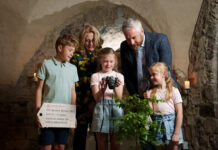
ARTISTS and students from TUS Limerick School of Art and Design (LSAD) have partnered with community response group Bunratty Local Development Association (BLDA) to ‘Renew Bunratty’, as their joint project receives €50,000 from Creative Ireland’s Creative Climate Action Fund II.
The project called ‘Renew Bunratty’ will aim to develop a sustainable approach to tourism by repurposing materials and exploring ways of subtly shifting behaviours to enrich the local environment.
The community-led, hands-on collaboration between the University and this County Clare community is a process that has been designed to nurture a sense of caring for the environment in and around Bunratty Castle, one of the biggest tourist attractions in Ireland.
Dean of the School of Art and Design, Mike Fitzpatrick, paid tribute to the local group who have been working for more than a decade to make the area shine.
“There’s a level to the way they do things. They really have taken responsibility – for instance, their work has resulted in the only cut-stone bus shelters in the country.”
In an interview with Clare FM radio, the Dean said that the aim of the project is to create an ambiance that will respect the sensitive and historic environment of Bunratty while creating a “wonderful and impeccable place” for tourists and locals to visit and enjoy.
Bringing the students in to work with the community, he says, “is very exciting because they have energy and imagination and they have no boundaries in terms of what might happen”.
Dean Fitzgerald said he would hope that, once a brief has been drawn up, the projects will be completed by next summer.
Eleanor Moloney, Renew Bunratty project co-ordinator, explained that the project will help to communicate the importance of sustainable tourism to villages like Bunratty from an ecological, economical, and social point of view.
“This project aims to investigate how a fairer and more sustainable model of tourism might be achieved, where the quality of life and heritage can be shared by both locals and visitors without harming the economy and livelihoods of those who depend on tourism for their income,” she said.










